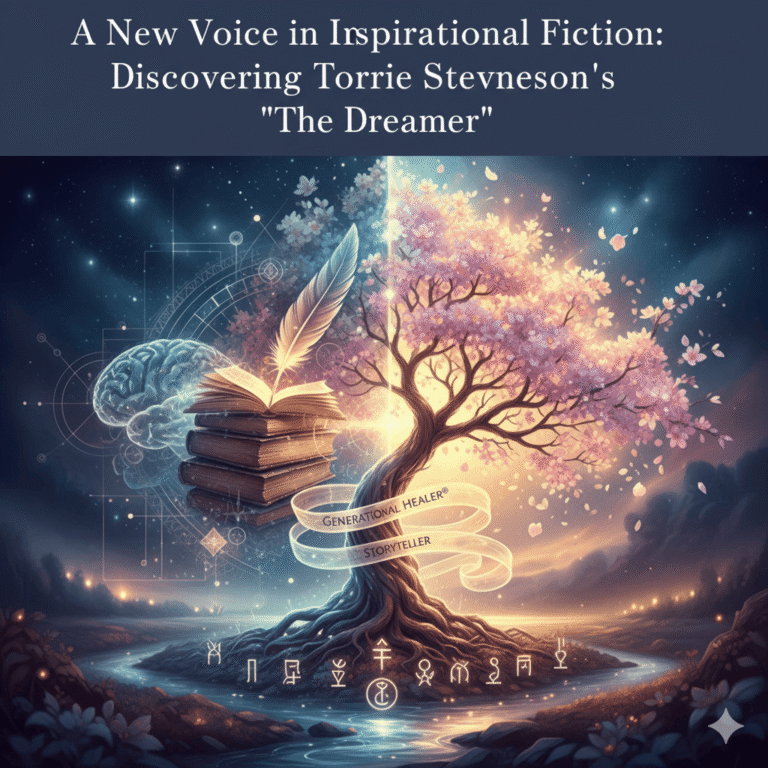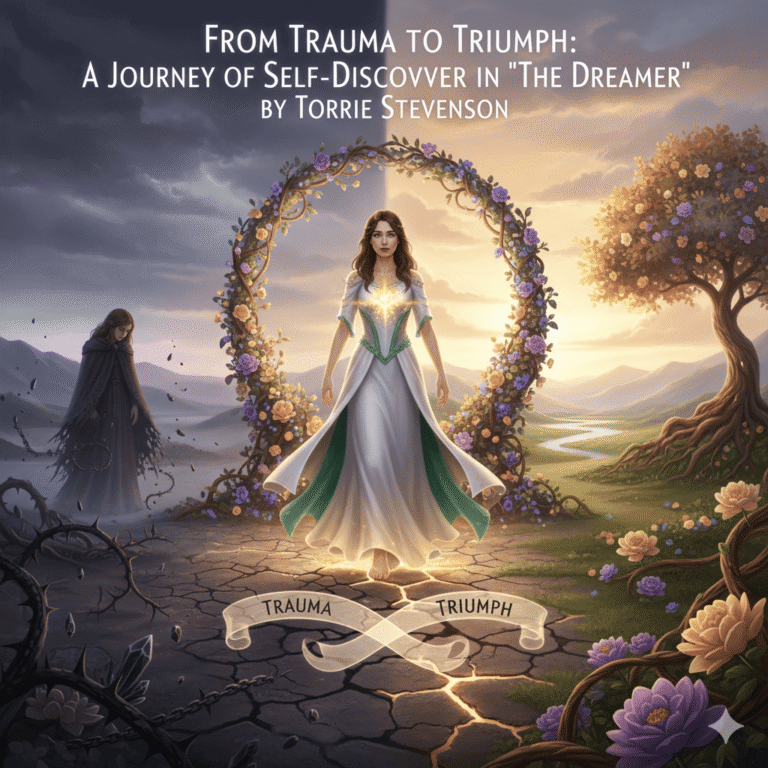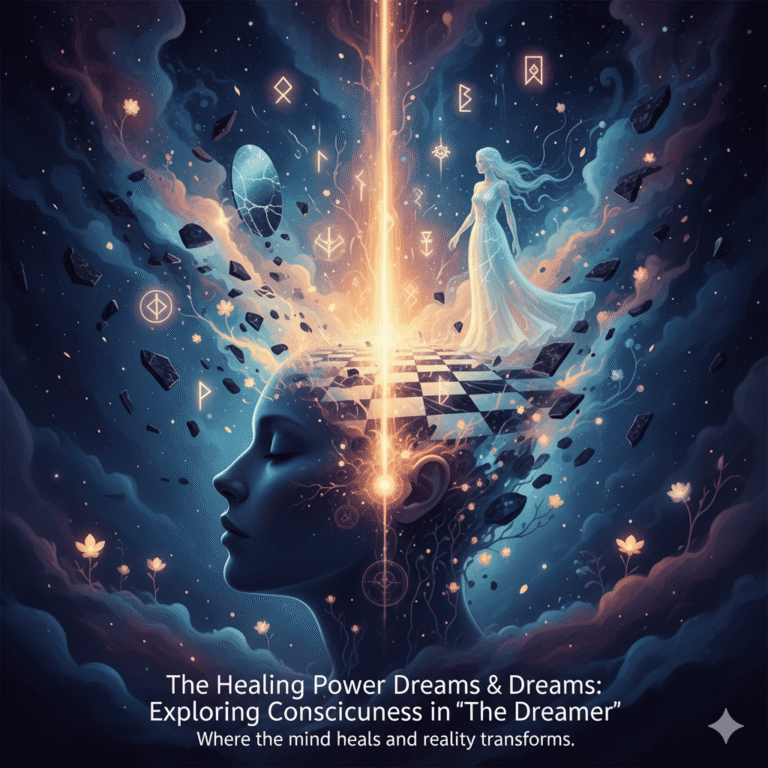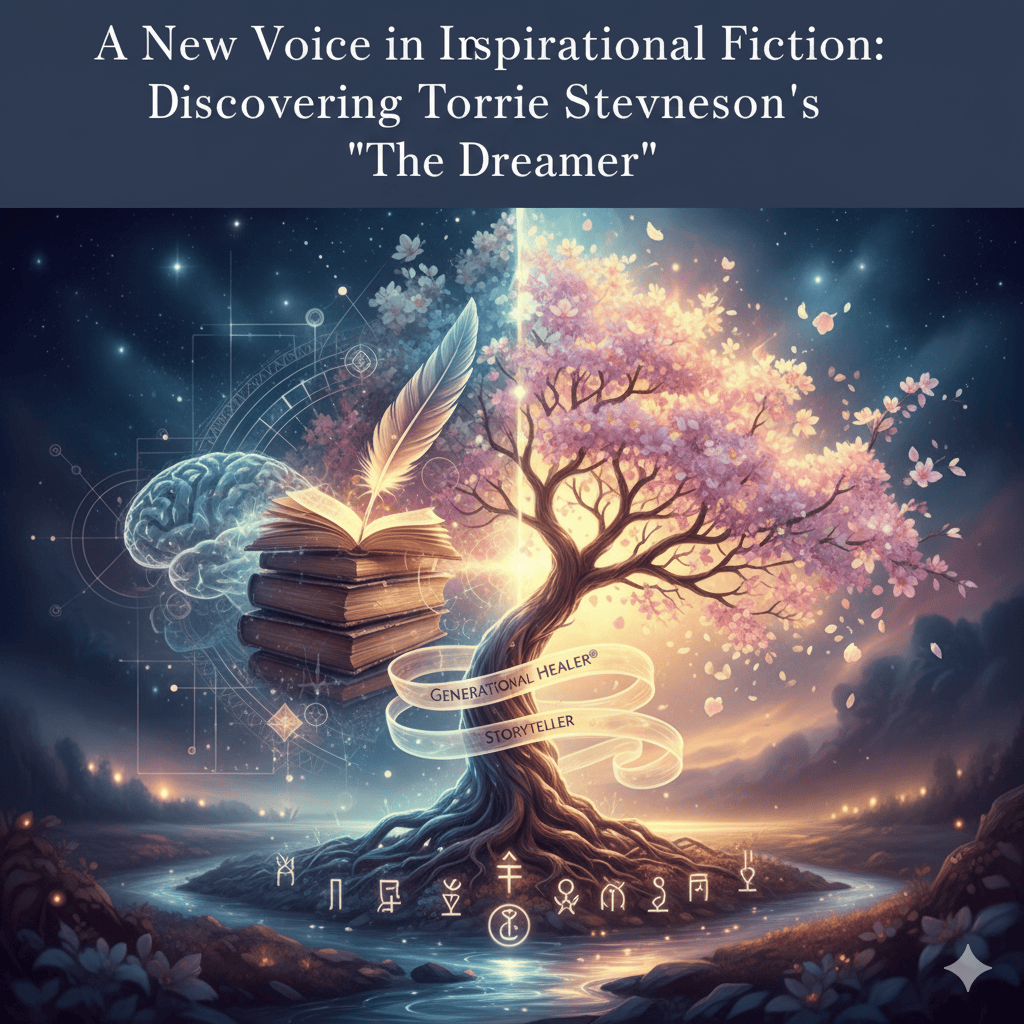Breaking Free From Destructive Patterns: Life Lessons From "The Dreamer"
We’ve all been there. That moment when you look at your life and realize you keep making the same mistakes over and over again. Maybe you’re drawn to the wrong type of person in relationships, or perhaps you find yourself in similar toxic situations repeatedly. This is exactly where we find Dawn at the beginning of this compelling emotional healing story by Torrie Stevenson, “The Dreamer.”
Recognizing the Pattern
Dawn’s story begins with a pattern many of us will recognize. She consistently attracts broken people, hoping she can fix them and make everything right. Sound familiar? This cycle of trying to rescue others while neglecting our own needs is incredibly common, yet rarely discussed openly in literature.
Stevenson doesn’t shy away from showing us the harsh reality of Dawn’s choices. By her mid-twenties, Dawn had “hit bottom more than once.” She’s trapped in relationships characterized by “power, control, and even aggression.” Yet she continues to repeat the same patterns, drawn to people who need fixing rather than those who could offer a healthy partnership.
What makes this portrayal so powerful is its honesty. As one of the standout women’s inspirational fiction works, Stevenson doesn’t judge Dawn for her choices or present them as character flaws. Instead, she shows us how these patterns develop from deeper wounds and unmet needs. This transformational inspirational fiction novella demonstrates that Dawn’s childhood experiences of being teased, constantly moving, and feeling like a “black sheep” set the stage for her adult relationship struggles.
The Roots of Self-Destructive Behavior
Understanding why we repeat destructive patterns requires looking at their origins. In “The Dreamer,” Dawn’s self-destructive behaviors don’t happen in a vacuum. They stem from childhood trauma, feelings of abandonment, and a deep sense of not belonging anywhere.
The constant family moves during Dawn’s childhood prevented her from forming stable friendships. Just when she would start to connect with someone, her family would relocate again. This experience taught her that relationships are temporary and unreliable, setting her up to expect abandonment and rejection.
Dawn’s teenage years brought even more serious challenges. Her suicide attempt and subsequent turn to alcohol and self-harm show a young person desperately trying to cope with overwhelming emotional pain. These behaviors, while destructive, served a purpose: they numbed the pain she couldn’t otherwise handle.
Stevenson’s insight shines through in how she presents these struggles. She understands that self-destructive behaviors often start as survival mechanisms. Dawn wasn’t trying to hurt herself; she was trying to survive emotional pain that felt unbearable.
The Moment Everything Changes
The turning point in Dawn’s story comes through an extraordinary dream experience. But before dismissing this as fantasy, consider what this represents symbolically in this life changing fiction story. Sometimes our breakthrough moments come from unexpected places, often when we’ve exhausted our usual ways of coping. This is what makes “The Dreamer” one of the most impactful spiritual awakening fiction novellas available today.
Dawn’s mystical dream occurs after she’s “hit bottom more than once” and has “begun to wonder if she was destined to have a life that would never be fulfilled.” This timing isn’t coincidental. Often, our most profound insights come when we’re at our lowest points, when our old strategies have failed completely.
The dream itself is rich with imagery of transformation and renewal. The white gown represents a new identity, while the mysterious woman on the throne symbolises integrated wholeness. The religious symbols suggest a connection to something greater than ourselves, which research shows is crucial for breaking destructive patterns.
The Question That Changes Everything
The central question in “The Dreamer” is deceptively simple: “Who am I?” When Dawn asks this question in her dream, she’s really asking about her true identity beyond the patterns that have defined her life up to that point.
This question is transformative because it shifts focus from external circumstances to internal truth. Instead of asking, “Why do these things keep happening to me?” or “How can I fix this person?” Dawn begins asking, “Who am I really?”
The mysterious voice that tells her she will know “in time” represents the patience required for real change. Breaking destructive patterns doesn’t happen overnight. It requires sitting with uncertainty while gradually discovering new ways of being in the world.
The Power of Self-Awareness
What makes Dawn’s journey compelling is how it demonstrates the power of self-awareness in breaking destructive cycles. Her dream experience forces her to confront questions she’s been avoiding. Why does she keep choosing the same type of relationships? What is she really looking for in trying to fix broken people?
The book suggests that our destructive patterns often contain clues about our deepest needs. Dawn’s attraction to broken people might reflect her own sense of brokenness and her belief that she doesn’t deserve healthy love. By recognizing this pattern, she can begin to address the underlying beliefs that drive it.
Stevenson shows us that self-awareness alone isn’t enough; it must be coupled with new choices. Dawn can’t simply understand her patterns and expect them to disappear. She must actively choose different responses when old triggers arise.
Finding Support in Unexpected Places
One of the most important themes in “The Dreamer” is that help and insight can come from unexpected sources. Dawn’s transformative dream comes not from therapy or self-help books, but from a mystical experience that challenges her understanding of reality itself.
This doesn’t diminish the value of professional help or traditional healing modalities. Rather, it suggests that we should remain open to wisdom and support wherever we find it. Sometimes the most profound insights come through dreams, intuition, or spiritual experiences. As a certified Generational Healing® practitioner, Torrie Stevenson’s background reflects this integrated approach to healing.
Stevenson’s background as a certified Generational Healing® practitioner reflects this integrated approach. She understands that healing can come through multiple channels, and effective transformation often requires addressing both psychological and spiritual dimensions of human experience.
The Courage to Change
Breaking free from destructive patterns requires enormous courage. It means giving up familiar ways of being, even when those ways cause pain. It means facing uncertainty about who we might become without our old coping mechanisms.
Dawn’s story shows us that this courage often emerges gradually. She doesn’t suddenly become a different person after her dream. Instead, she begins asking different questions and considering new possibilities. The voice telling her she will know “in time” acknowledges that transformation is a process, not an event.
The book suggests that sometimes we need to surrender our desperate need to know everything immediately. Dawn’s demand to know “who she is” right now reflects the impatience that often sabotages real change. Learning to trust the process of gradual revelation requires a different kind of strength.
Hope for the Future
Perhaps the most powerful message in this motivational fiction novella is that no one is doomed to repeat destructive patterns forever. Even someone like Dawn, who has “hit bottom more than once,” can experience profound transformation and discover new possibilities for her life.
Among women inspirational fiction books, “The Dreamer” offers a unique message of hope.
The upcoming sequel, “The Hidden,” promises to continue exploring Dawn’s journey of self-discovery and healing. This suggests that breaking free from destructive patterns isn’t a one-time event but an ongoing process of growth and revelation.
For readers struggling with their own repetitive patterns, this life-changing inspirational fiction offers both hope and practical insight. It shows us that change is possible, that we can discover our true identity beyond our wounds, and that sometimes the most powerful transformations come from the most unexpected places. This Torrie Stevenson book demonstrates why she’s emerging as one of the significant inspirational women authors of 2025.
This Torrie Stevenson author has created more than just an entertaining story. She’s crafted a
roadmap for anyone ready to ask the most important question of all: “Who am I really, beyond the patterns that have defined my life?” The answer, as Dawn discovers in this powerful motivational inspirational fiction novella, is worth waiting for.




